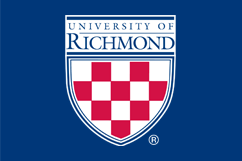Abstract
Public education in the United States is a big business. In the fall of 2011, more than 55.5 million students from kindergarten through 12th grade were expected to enroll in the nation's public schools at a total cost of $599,145,678,000. Though it is a service provided by local governments, its cost is borne by local, state, and, to a more limited extent, federal taxpayers. Providing public education is a massive undertaking and no one level of government can solely bear its cost. Governmental revenue sources, from which allocated shares of expense are presently borne, differ. Local funding is provided predominately through taxes on real property, state funding comes primarily from individual income or retail sales taxes, and federal contributions are from income taxes. Funding public education is a perpetual challenge, and the 2008 recession further complicated the situation. Indeed, the recession has made it difficult to maintain even the status quo, and recently states have almost universally reported cuts in their share of support for education. The trend toward diminished funding for public education must be arrested and reversed. In seeking that reversal, policymakers must be aware of the differences among funding sources; property, income, and retail sales taxes do not share the same characteristics. The differing characteristics contribute to funding complexities and must be accommodated in order to work toward an optimal package.
Recommended Citation
Mildred W. Robinson,
It Takes a Federalist Village: A Revitalized Property Tax as the Linchpin for Stable, Effective K-12 Public Education Funding,
17
Rich. J. L. & Pub. Int.
549
(2014).
Available at:
https://scholarship.richmond.edu/pilr/vol17/iss2/4

